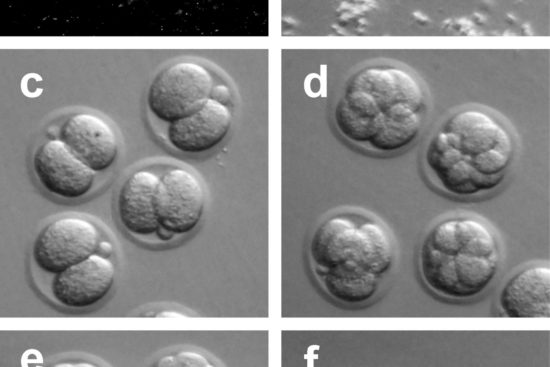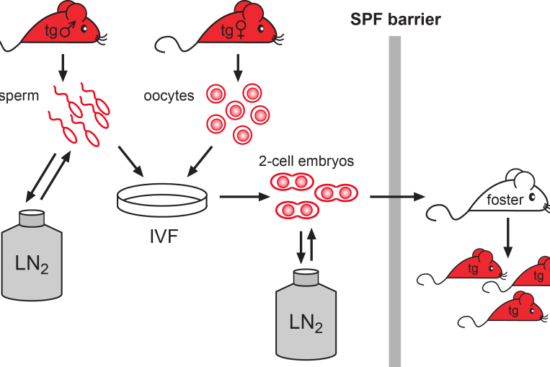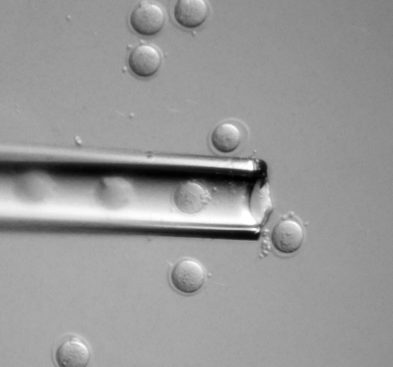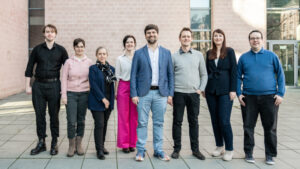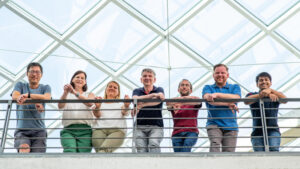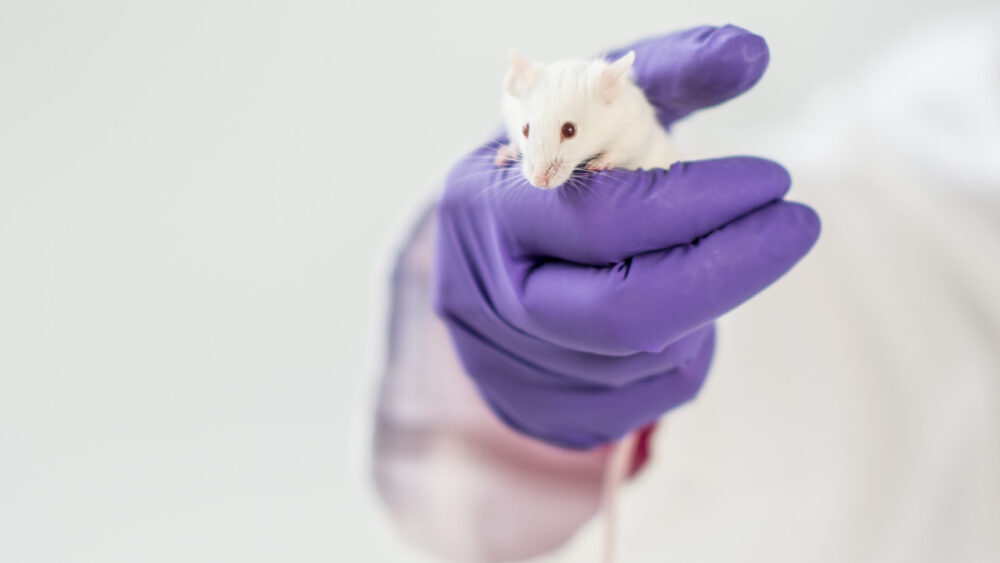

Embryo Technology Laboratory
Modern technology for efficient breeding management and animal welfare
In the interest of animal welfare as well as reproducibility of experiments, it is essential to maintain a defined health status (specific pathogen free; SPF) in our animal breeding facility. For this purpose, the method of so-called embryo transfer is used. Embryo technology can also be used to cryopreserve mouse lines that are temporarily not needed in order to limit the number of animals bred to the absolute minimum. For these technologies, the DRFZ maintains a modern embryo technology laboratory at the Berlin Marienfelde site.
The following services are offered:
1) Embryo transfer. To ensure a defined health status of the animals in the SPF facility, new mouse strains are imported via embryo transfer. First, 2-cell embryos (generated via in vitro fertilization) are intensively washed to remove all pathogens. Subsequently they are implanted into pseudo pregnant females and the resulting offspring is born within the SPF facility.
2) Cryopreservation of sperm and embryos. Mouse strains that are temporarily not needed can be stored as sperm or embryos in liquid nitrogen. Frozen material is also excellent for shipping mouse lines worldwide, making it unnecessary to ship live animals in many cases.
3) In vitro fertilisation (IVF). Artificial insemination is generally a very efficient method for creating embryos. It is also used to restore mouse lines from frozen sperm.
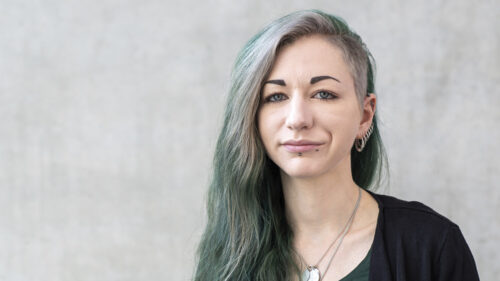
Scientific facility management
Dr. sc. agr. Lena Reiske
Technical staff
Paolo Rosellini Tognetti
(ET-Labor@drfz.de)
- Uwe Klemm, Experimental Animals, Max-Planck-Institute for Infection Biology, Berlin
- Geert Michel, Transgenic Technologies, FEM, Charité University Medicine Berlin
- Ronald Naumann, Transgenic Core Facility, Max Planck Institute of Molecular Cell Biology and Genetics, Dresden
- Frank Zimmermann, Biotechnology Laboratory, University Heidelberg
- Leibniz Institute for Farm Animal Biology, Dummerstorf

 Deutsch
Deutsch